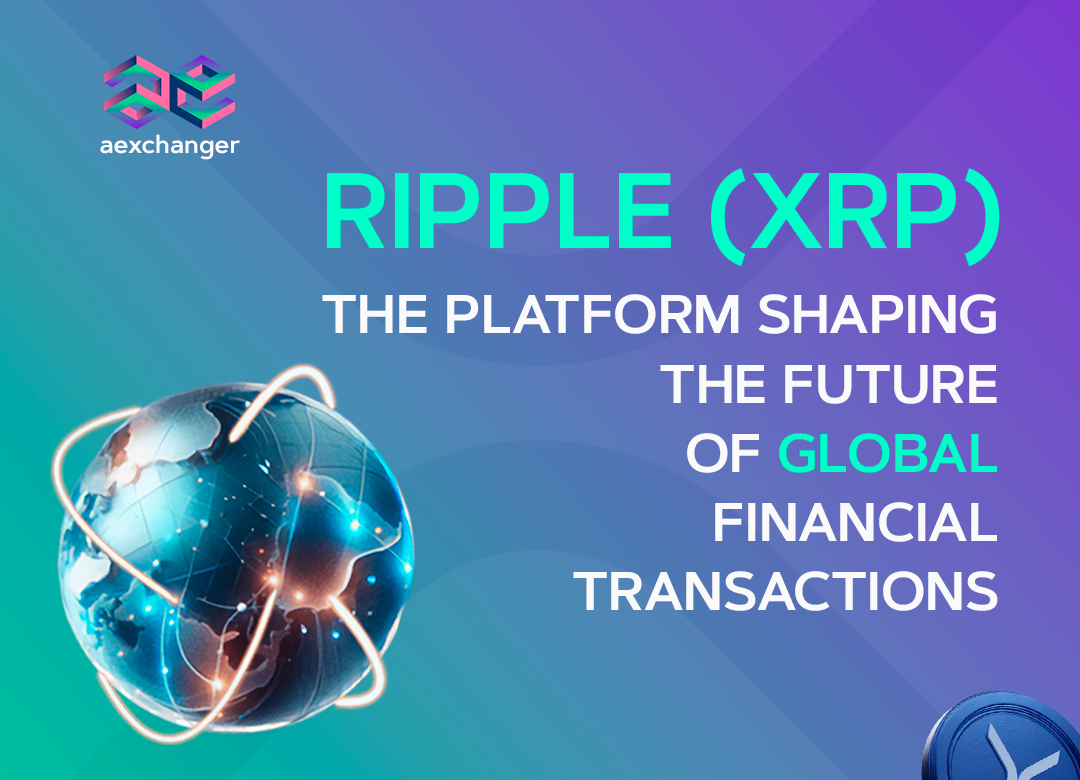2024-12-09 15:25:48
Ripple (XRP): The Platform Shaping the Future of Global Financial Transactions

Ripple is more than just a cryptocurrency; it is a comprehensive platform designed for processing international payments with minimal time and cost. With billions of dollars in transactions handled daily, Ripple ensures fast and cost-effective transfers. The XRP Ledger supports over 150 financial institutions, including major banks such as Santander and PNC. Here’s a closer look at its features and future potential:
What is Ripple?
RippleNet is a financial network that connects banks, payment systems, and businesses to facilitate cross-border payments. By using XRP as a bridge currency, the platform enables high-speed exchanges while avoiding the delays typically associated with traditional banking, making Ripple a competitor to SWIFT.
Although Ripple experienced a decline following the 2017 boom, it has consistently maintained a position among the top 10 cryptocurrencies, with a market capitalization exceeding $10 billion. After a partial legal victory against the SECin 2020, XRP's value surged to between $0.80 and $1.20.
Benefits of Ripple
- Transaction Speed: Payments are processed within 3–5 seconds.
- Low Fees: Transaction costs are less than $0.01.
- Versatility: Ripple supports exchanges among fiat currencies, cryptocurrencies, and even commodities.
- Eco-Friendliness: Ripple consumes significantly less energy compared to Proof-of-Work blockchains like Bitcoin.
Challenges for Ripple
Despite its technological advantages, Ripple has faced legal challenges from SEC lawsuits that accuse the company of selling unregistered securities. Resolving these disputes could enhance XRP's attractiveness to investors. Analysts predict that XRP could reach $3–$5 per token by 2025 under favorable conditions.
Interesting Facts About Ripple
- Ripple collaborates with hundreds of banks, including giants like Santander and American Express.
- Unlike many cryptocurrencies, Ripple has a fixed supply of 100 billion XRP, which eliminates the risk of inflation.
- The XRP Ledger technology is not only used for financial transactions but also for launching NFTs and smart contracts.
Ripple continues to shape the future of finance by lowering barriers to global payments. In the digital age, XRP serves as a bridge between traditional banking systems and the crypto ecosystem.
For investors seeking long-term potential and who are willing to take risks, Ripple presents an enticing opportunity. With robust banking partnerships, legal advancements, and growing real-world applications, Ripple is poised for significant growth.






 You can share
You can share

